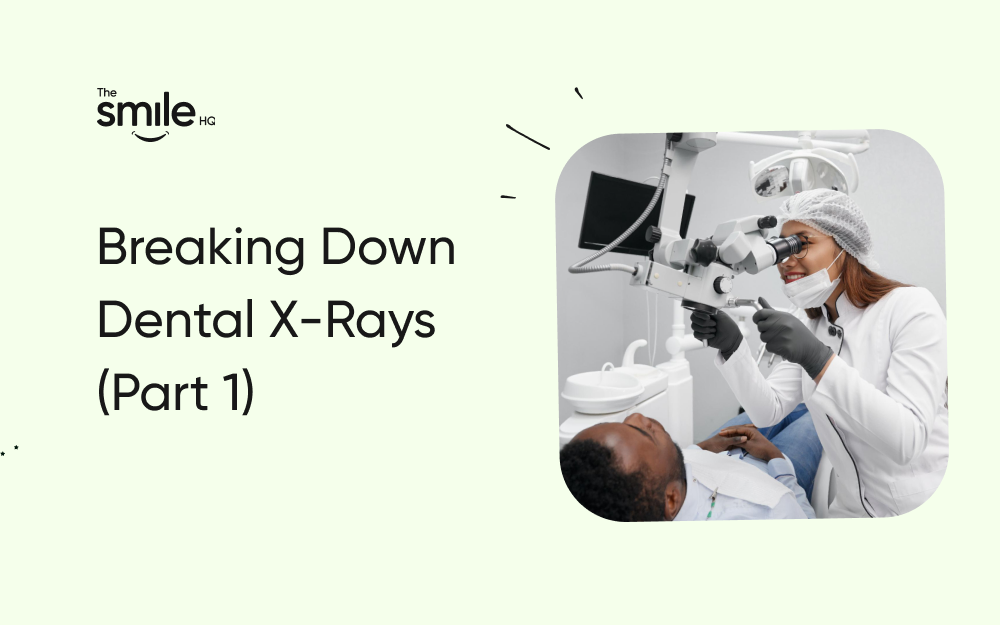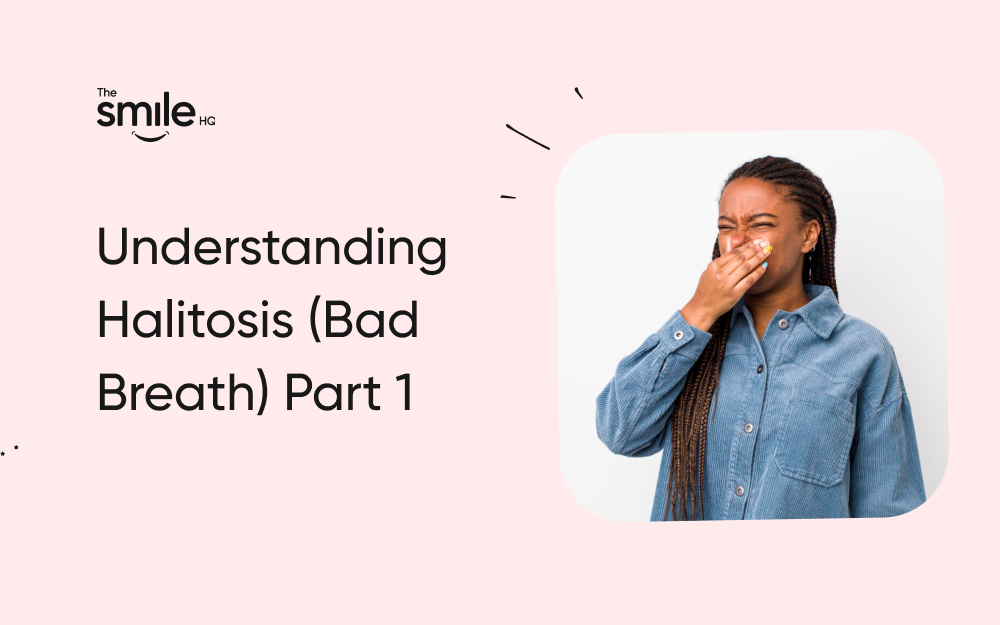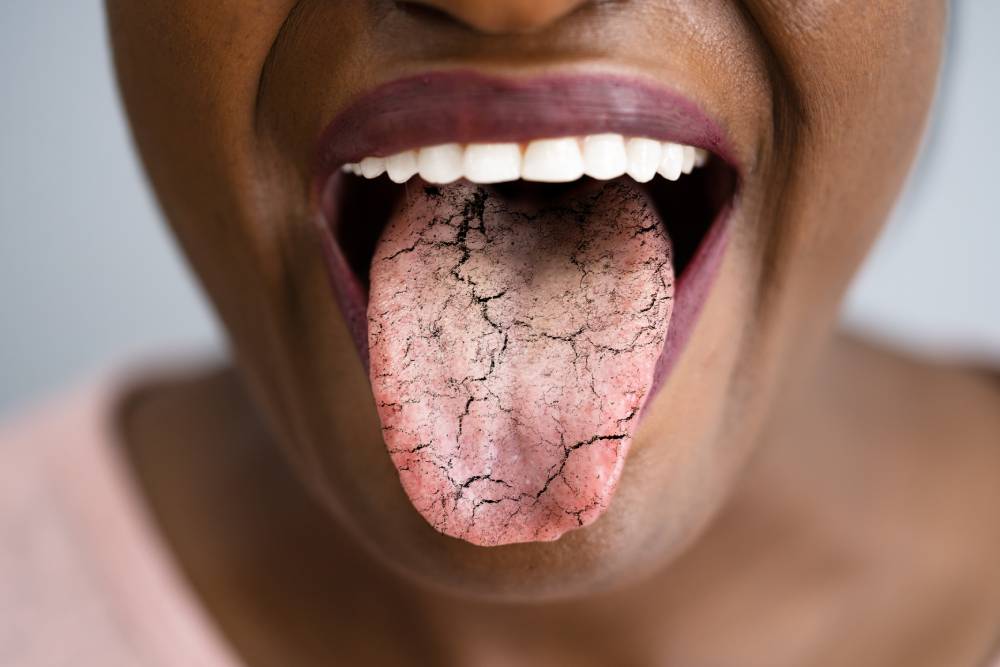Dental X-rays are an important diagnostic tool that can help detect oral health problems that might not be visible to the naked eyes.

What are the benefits?
The benefits of dental X-rays include the ability to detect dental problems that are not visible to the naked eye, such as cavities, gum disease, and impacted teeth. This allows your dentist to diagnose and treat these problems before they become more serious.

So… you might be wondering are they safe?
Well, dental X-rays are generally considered safe, however, they do expose you to a small amount of radiation. To minimize your radiation exposure, your dentist will take precautions such as using a lead apron to cover your body and thyroid gland. They will also use the lowest possible radiation dose to obtain the necessary diagnostic information.
There are four main types: bitewing X-rays, periapical X-rays, panoramic X-rays, and cone beam CT scans however, each is them have their unique purposes.
To be continued…












